Happy day, friends and welcome to Chapter 6 of our Daily 5 book study – Foundation Lessons. Today we’re talking about the explicit routines and procedures we teach students for each round of the Daily 5. These procedures set the ground-work for independence and are the lynch-pin of a successful reading block.
We first launch Read to Self and we teach every.single.moment. Since spending time reading composes most of what students do during Daily 5, there is an entire chapter devoted to Read to Self procedures – Chapter 5. You can read and see the step-by-step of Read to Self in my classroom here.
Work on Writing
For Work on Writing, we teach students how to set up a notebook and how to write on the lines (something I didn’t teach last year and paid for it ALL year long). This year, I will practice writing on journal-paper lines! I have students keep their writing journals in their desks, so they always have easy access to them. I also have students keep a writing folder for on-going projects and organizers. Keeping a year-long folder gives students a place to store writing until they are ready to return to it and publish it. In addition to a writing notebook and folder, students keep a 1st grade Helper in a plastic sleeve that helps with spelling and seasonal words!
Although not as fun as rolling dice, I also include these mode-specific writing prompts throughout the year. Each ring hands on a magnetic hook and has a coordinating graphic organizer that I put in our clear trays. To ensure that Work on Writing stays independent, I only introduce a new set of prompts after we’ve practiced and practiced and practiced that type of writing during workshop.
Read to Self
After Work on Writing, the Sisters suggest introducing Read to a Friend. With partner reading, we must explicitly teach and model what we want. I find that it is incredibly easy for partner reading to turn into a waste of time.
When introducing this choice, we explicitly teach students to…
- sit EEKK style (elbow, elbow, knee, knee)
- Check for Understanding
- How Partners Read (chorus reading, I read/You Read, Different Books)
- How to Choose a Partner
When friends are taking turns reading, we use these great Check for Comprehension bookmarks by A Year of Many Firsts. We introduce these in October-ish and friends keep them in their book bins. In fiction picture books, they check at the end of the book, chapter books are checked every chapter, and for nonfiction books, students know to stop in-between each titled section of the book.
Listening to Reading
In the 4th choice to be introduced, Listen to Reading, we teach students to set-up the center and how to follow along. We use iPod Touches I received through Donors Choose (before that we broke out the 1990’s Walkman) and Belkin Headphone Splitters. I’ve shared in a previous blog post about what Listening to Reading looks like in our classroom and here are the leveled recording pages I use.
Word Work
Lastly, the Sisters suggest introducing Word Work. Please note, I follow very little of their choice-timeline and actually introduce Work Work 2nd behind Read to Self. I find that my 1st grade friends need so much sight-word and phonics practice that I like to hit the ground running. (I’ve written an entire post just about how I run Word Work here.)
The first foundational lesson for Word Work is teaching students how to retrieve and return materials. I keep my Word Work activities in individually labeled bins and students know to grab their words (green, yellow, or blue) and an activity.
So friends, these are the foundation lessons, our beginning steps as teachers. We must explain the procedures clearly, model repeatedly, and consistently reflect on these behaviors. Within 8-9 weeks of school, these procedures should be a natural habit to students. It is at this point, we then release to choice. Using Daily 5 for the first time last year, I was amazed at how my students internalized these structures, loved them, and wanted the choice that came with the habits that made them better readers and writers.
So, I’d love to hear about your favorite foundation lessons or even lessons you struggle with. What works well in your classroom and what are you tweaking this year? Make sure to visit Snippets by Sarah (who is hosting Chapter 6), as well as, the other awesome teacher-bloggers who are joining us. Even if you’re not a blogger, please join-in on the conversation below! 🙂
Get Free Teaching Resources!
Join me for weekly classroom updates and free resources that are just-right for your guided math classroom!
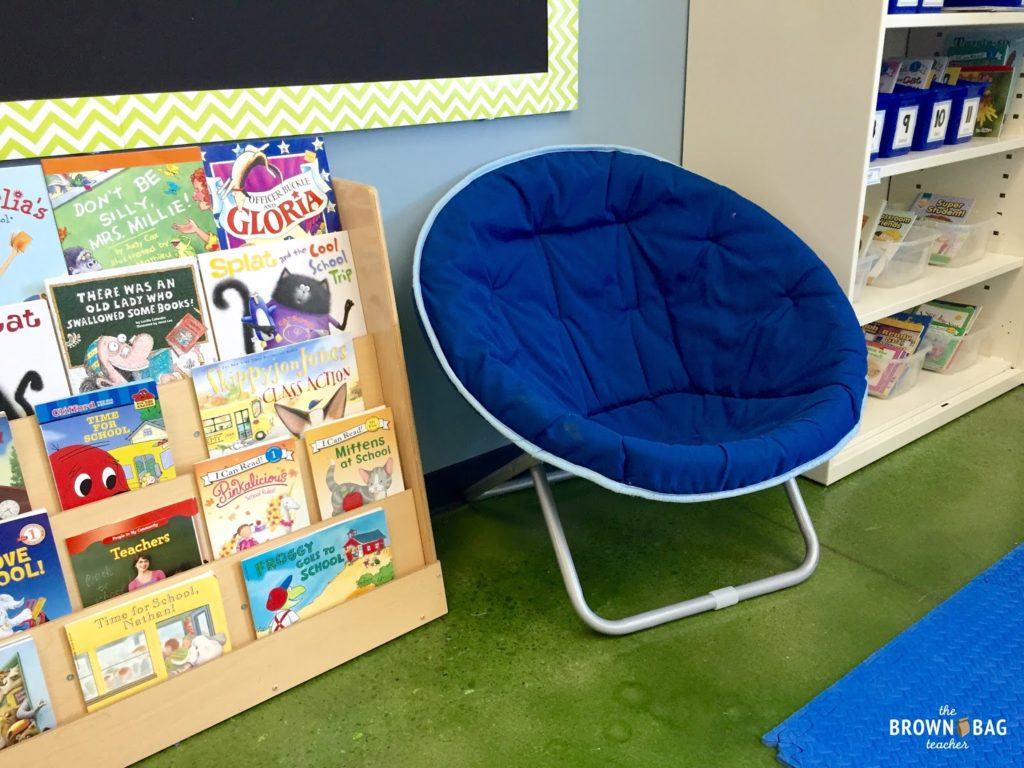
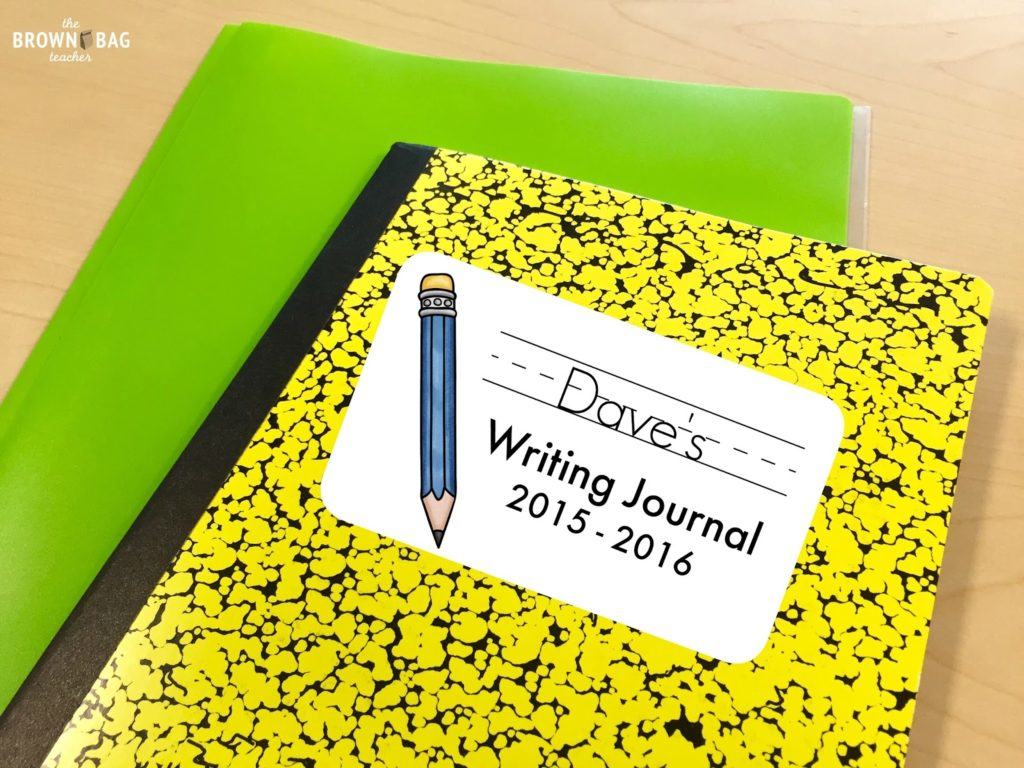
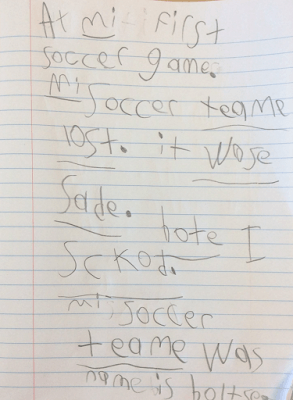

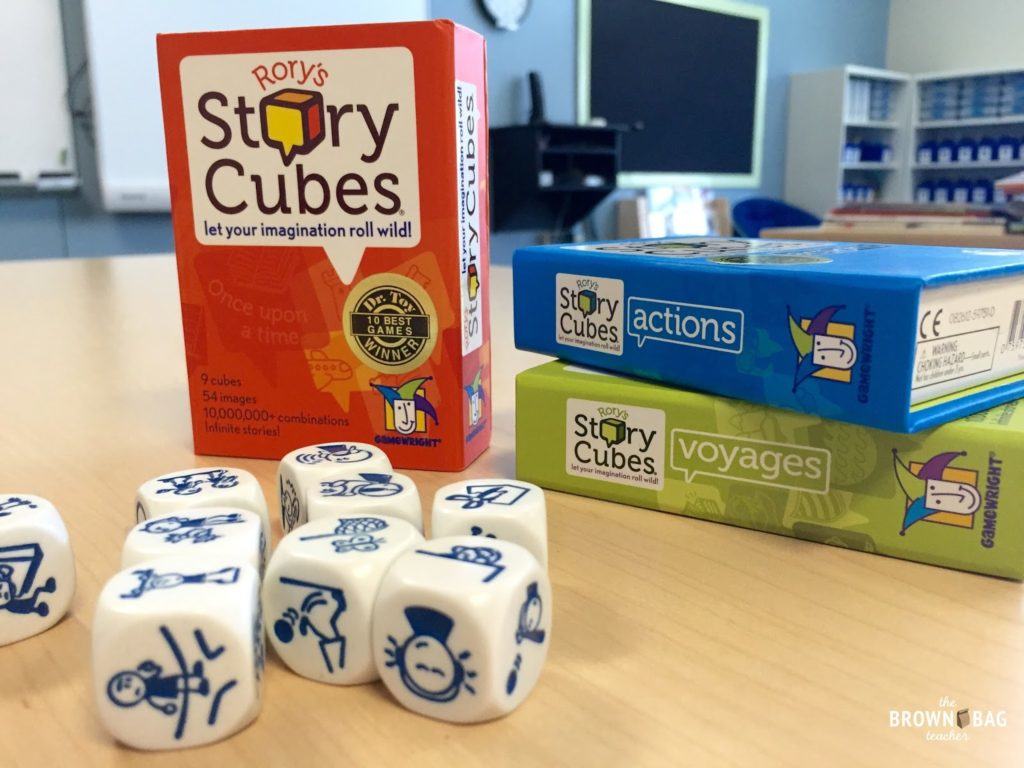
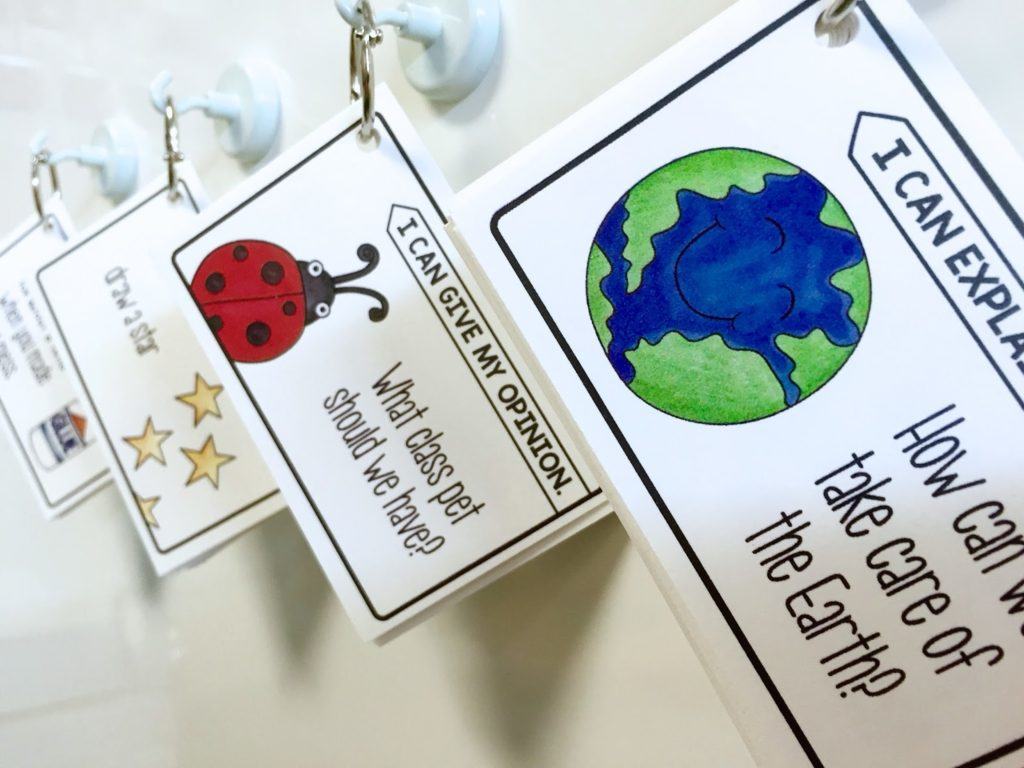
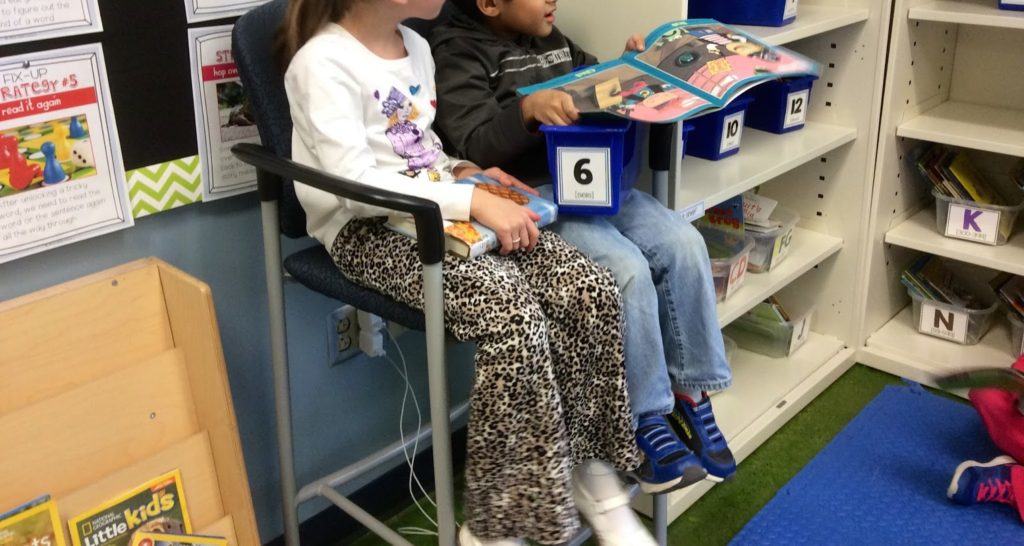
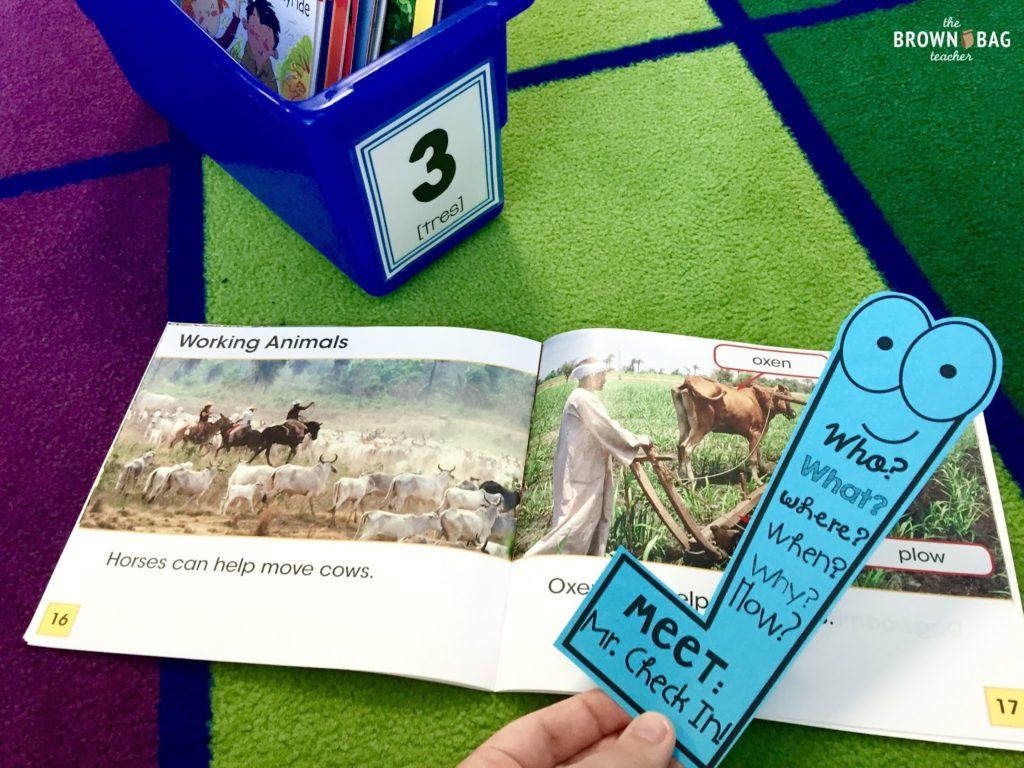
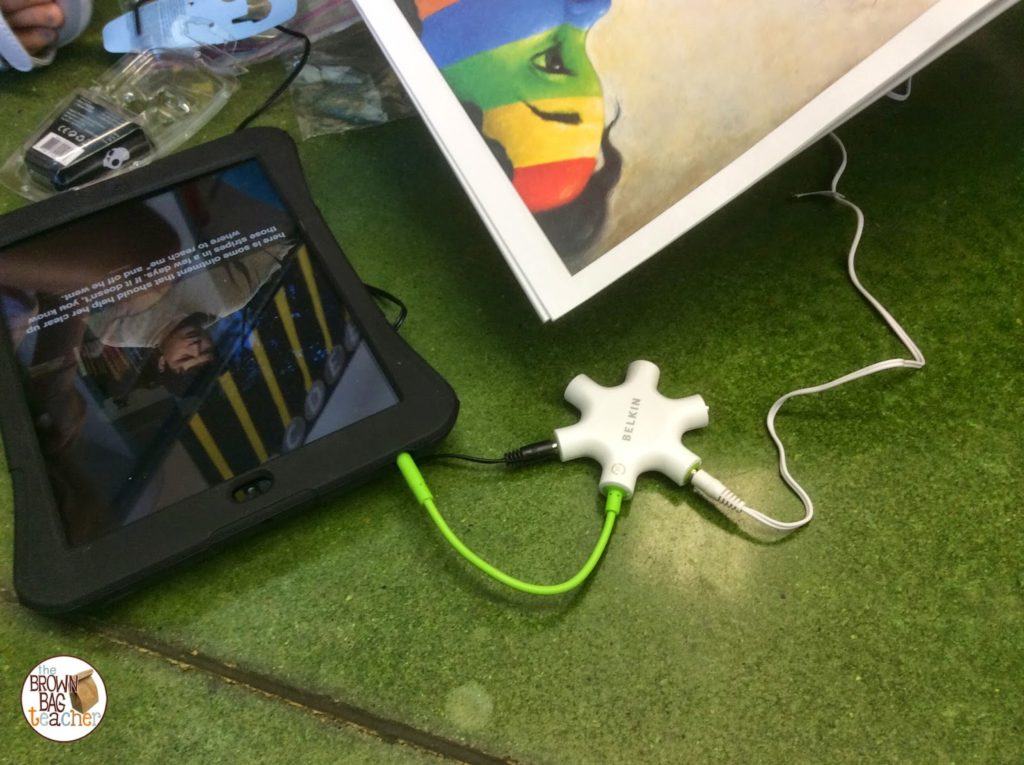

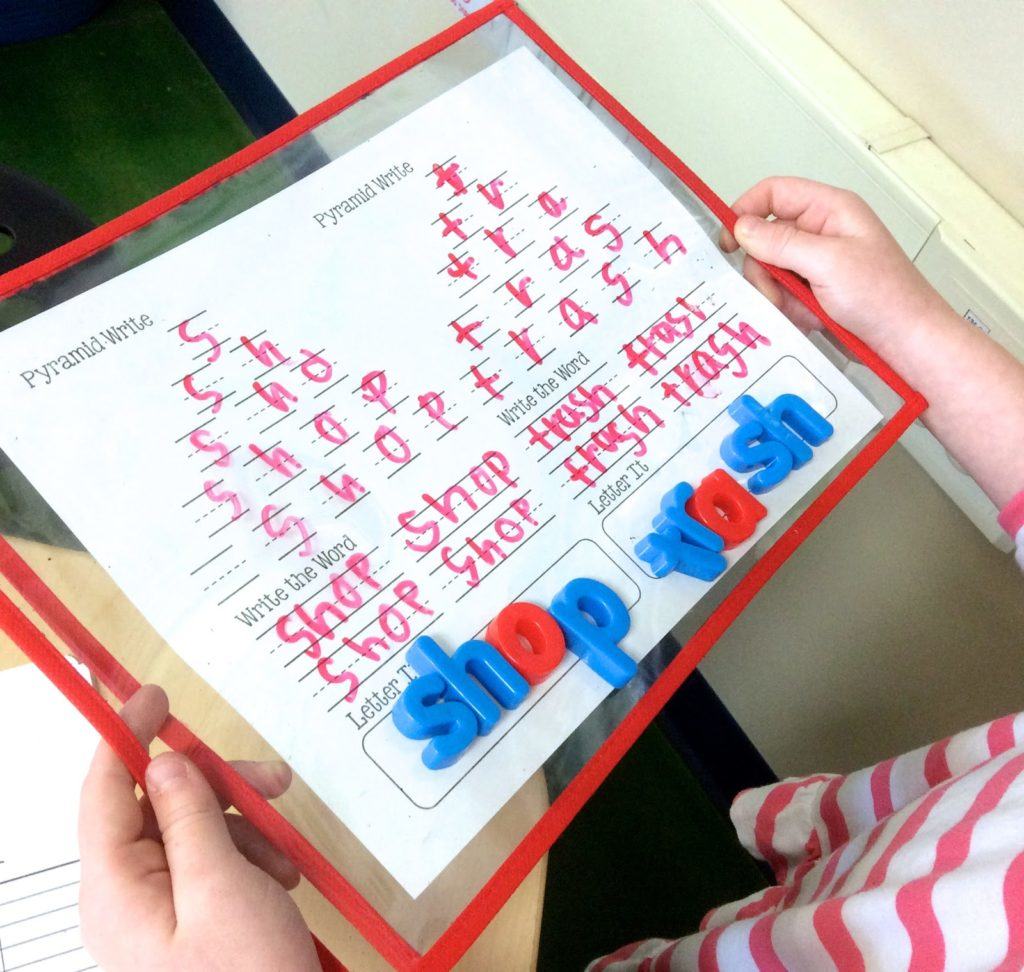
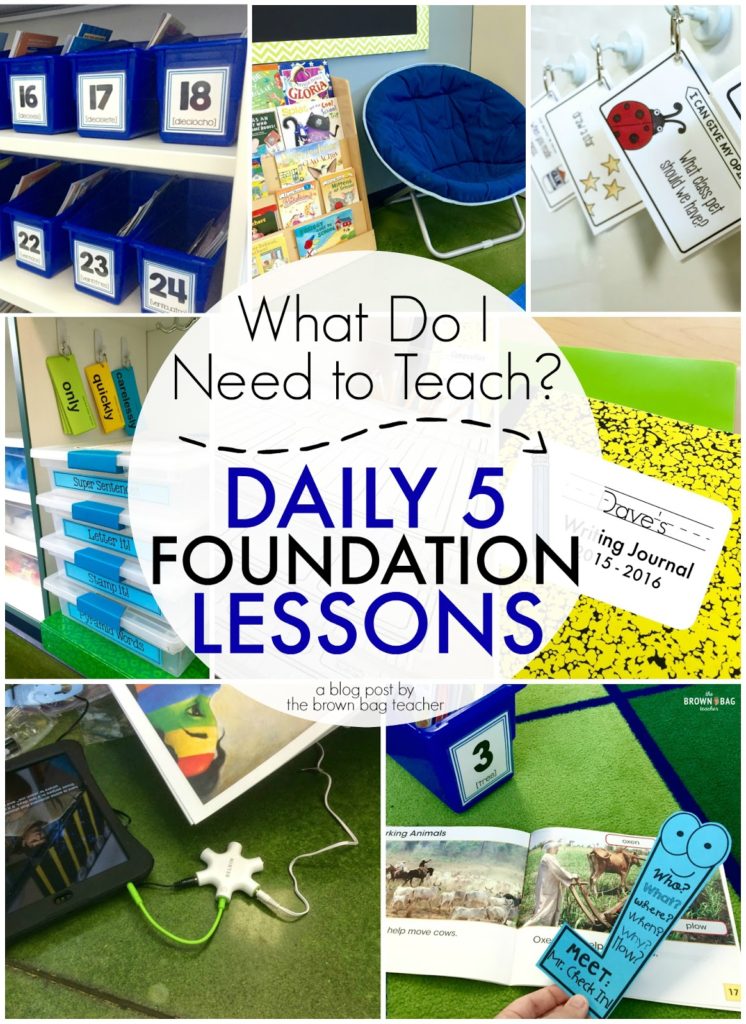


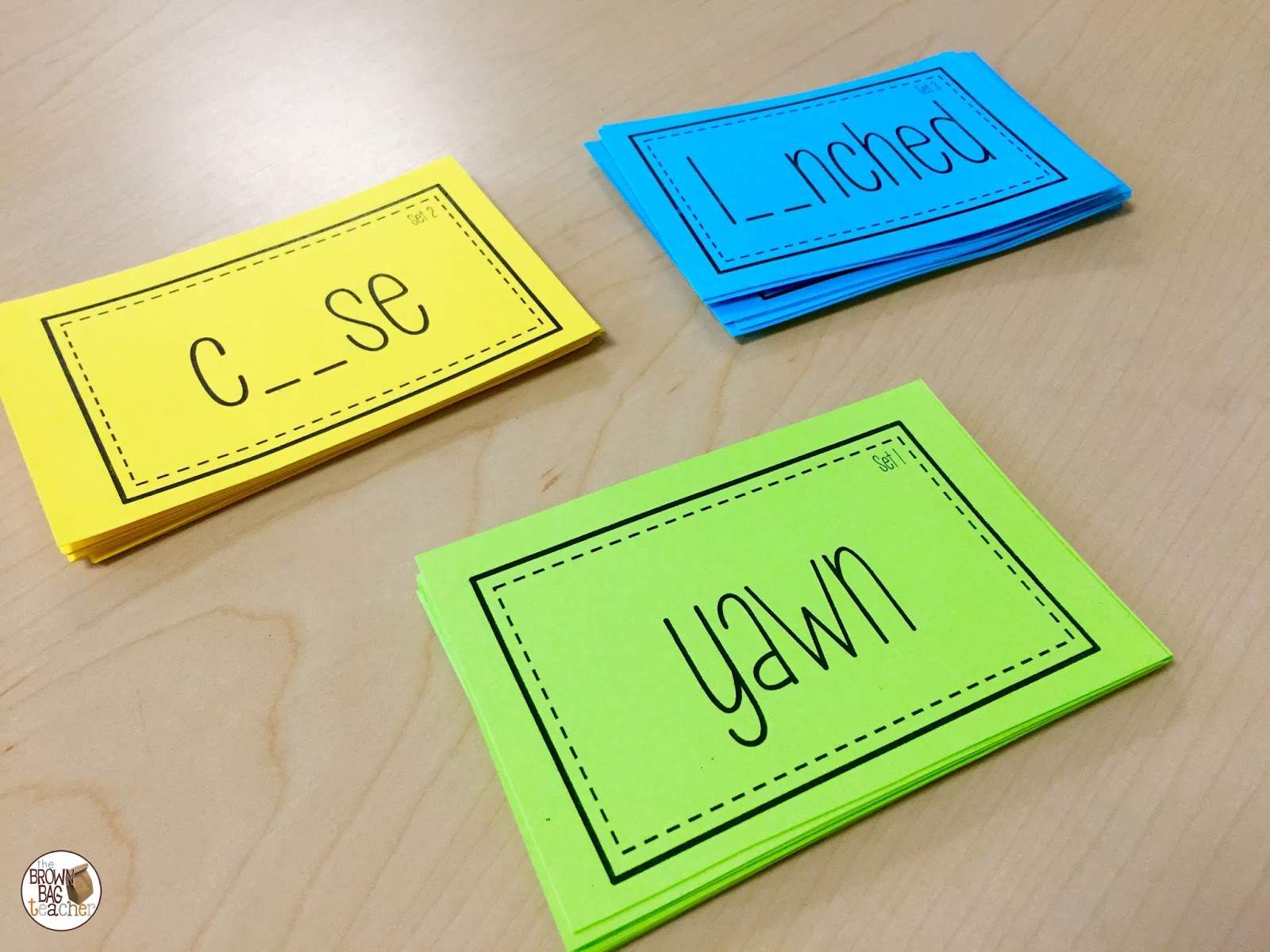
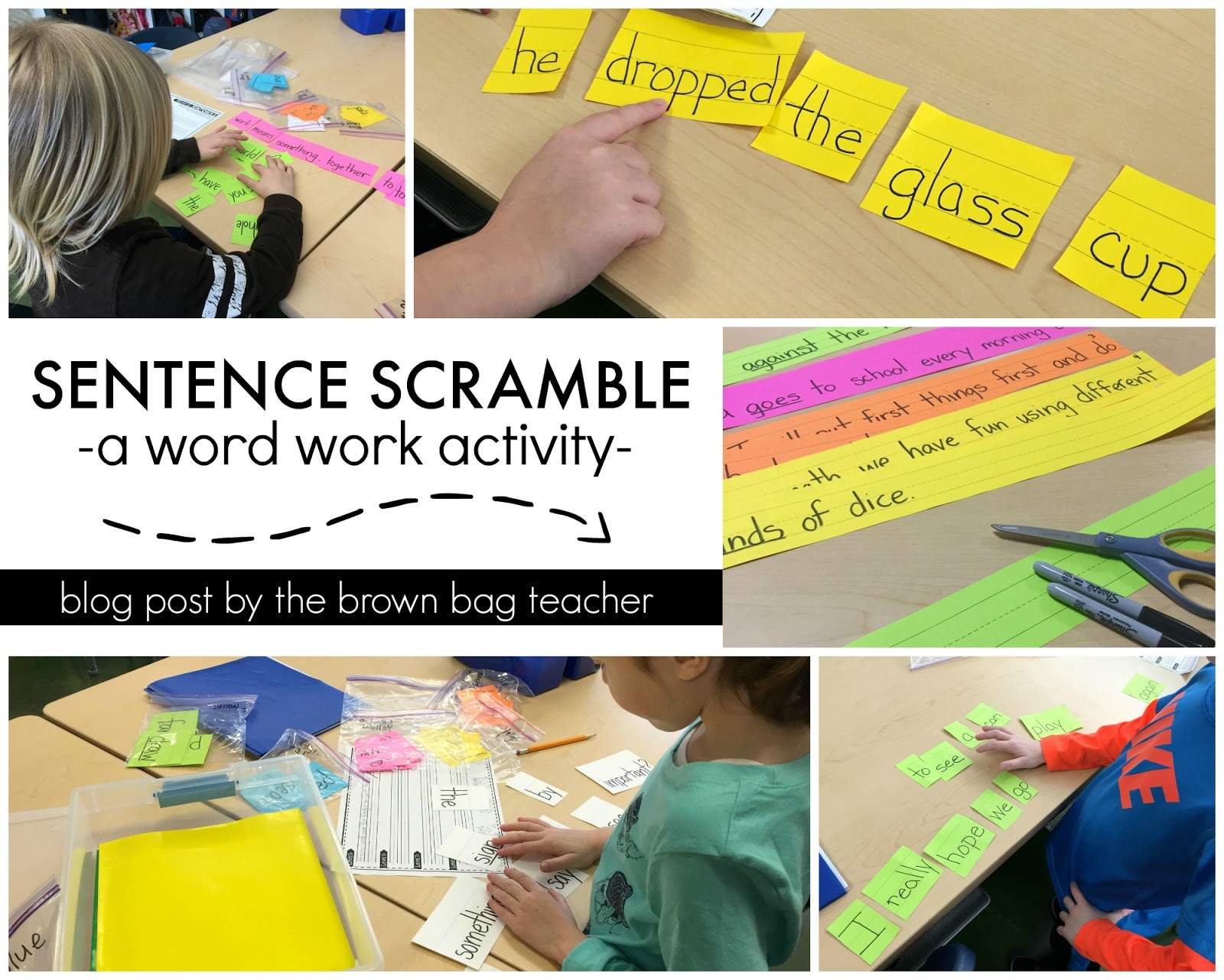

You have helped give me so many ideas for next year! Thank you so much! Reading the book alone would not prepare me as well. I love your graphic organizers too! Amazing! 🙂
I just spoke to another teacher that referenced you these Daily 5 reviews–they're loving them. I really like that all of ya'll are taking such a in-depth look at the book and sharing effective strategies for everyone.
Matt
Matt – thank you so much for this note! These posts take a ton of time to put together but I love the chance to share and reflect on what's happening in my classroom. I appreciate your encouragement. 🙂
Great post as usual! I have a question about your day. When is your Writing Workshop time block? Is that different than the focus lesson block? Also, when do you pull reading groups (within D5 or at another block)? Sorry….so many questions! I would LOVE to see how you structure your day. Any chance of you posting that or emailing me?
Thanks so much! Kelli
Hi Kelli! At the beginning of the year, I have a completely separate writing block. Towards the 2nd quarter, I go ahead and integrate my writing time into Daily 5. My 3rd mini-lesson is always writing with the 4th mini-lesson as sharing writing. I do writing conferences at the end of each reading group. Once we're independent writers, it works well! 🙂
Wow! This is so helpful! I love how all the materials you referenced have links! Thank you so much for taking the time to do these posts and for sharing your ideas. I'm off to check out your previous posts!
I just received a grant for iPads and iPods in my classroom. I am also wanting to ditch my very old cd player and use my iPads as my listening center. Where did you get the recorded stories you have on your iPads?
Thanks in advance for the help!
I'm no expert, as next year will be my first year with Daily 5 (I just finished the book last night), but I was planning on visiting the public and school library and loading audiobooks on my Chromebooks for free, which could also easily be done to iTunes for your purposes. Our local library also allows access to some audiobooks directly from their website, so that may be an option for you as well.
I love your blog and I've shared this treasure with my teacher friends! I've purchased your word work TPT, but. I have some questions. Do you add phonics type words or can you also add FRY?
Your posts are fantastic. Has really helped me visualize how daily 5 would work in my classroom. I just have one question. It takes several weeks to introduce the different elements of the daily 5. In what week do you start guided reading groups. Thank you.
Thank you so much for all the Daily 5 information and ideas! Where can I find the Writing Journal label shown above? Once again, thanks for all you do to help us.